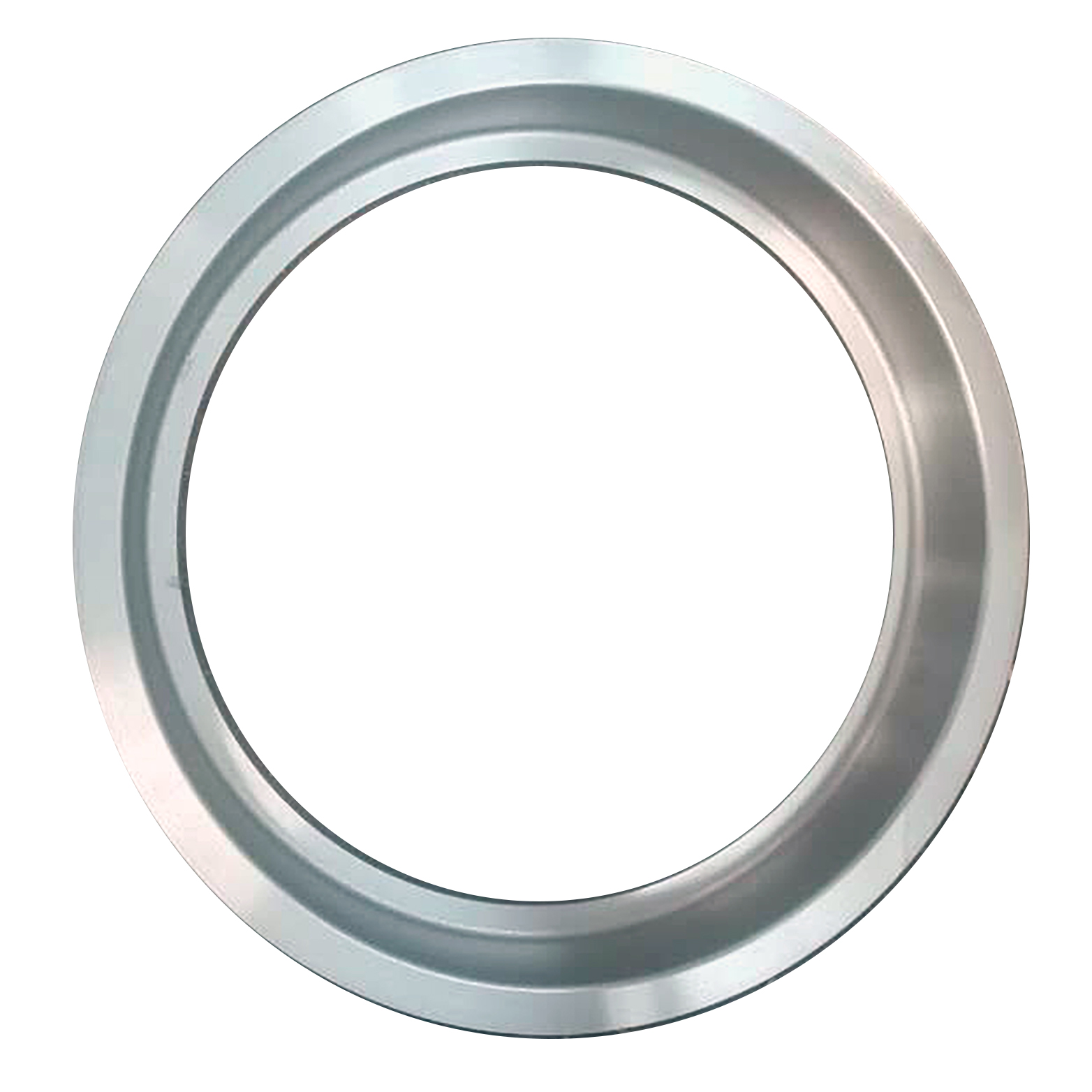lis . 11, 2024 20:31 Back to list
in direct contact heat exchangers
Indirect Contact Heat Exchangers A Comprehensive Overview
Heat exchangers are critical components in many industrial processes, serving the essential function of transferring heat between two or more fluids without them coming into direct contact. Among the various types of heat exchangers, indirect contact heat exchangers stand out due to their unique design and applications. This article explores the principles, types, advantages, and applications of indirect contact heat exchangers.
Principles of Indirect Contact Heat Exchangers
Indirect contact heat exchangers operate on the principle of thermal conduction, where heat is transferred through a solid barrier separating two fluids. The primary objective is to facilitate heating or cooling of a fluid while preventing any potential contamination that could occur if the fluids were to mix. This is particularly important in processes where the purity of the fluids is paramount, such as in food processing or pharmaceuticals.
The heat transfer rate within indirect contact heat exchangers can be influenced by several factors, including the temperature difference between the two fluids, the surface area of the heat exchanger, and the thermal conductivity of the materials involved. Enhancements in design, such as the incorporation of fins or extended surfaces, can further increase the effective surface area, thus improving heat transfer efficiency.
Types of Indirect Contact Heat Exchangers
There are various configurations and types of indirect contact heat exchangers, each suited to specific applications. The most common types include
1. Shell and Tube Heat Exchangers These consist of a series of tubes, one set carrying the hot fluid and the other the cold fluid. The heat exchange occurs through the tube walls, and this design is widely used in oil refineries and chemical processing because of its robustness and efficiency.
2. Plate Heat Exchangers Made up of numerous thin, corrugated plates stacked together, plate heat exchangers offer a compact design and high heat transfer efficiency. They are often used in food and beverage industries due to their ease of cleaning and maintenance.
3. Air-Cooled Heat Exchangers In this type, air is used as the cooling or heating medium. Fans blow air over the heat exchange surface, allowing for effective heat transfer without the need for additional cooling water. They are commonly applied in power plants and HVAC systems.
in direct contact heat exchangers

4. Double-Pipe Heat Exchangers These are the simplest form of heat exchangers, featuring one pipe inside another. Hot and cold fluids flow through their respective pipes, allowing for effective heat transfer. They are often used in small-scale applications.
Advantages of Indirect Contact Heat Exchangers
Indirect contact heat exchangers offer several advantages compared to direct contact systems. One of the primary benefits is the prevention of cross-contamination between the fluids, making them ideal for sensitive applications. Moreover, they can operate under a wider range of temperature and pressure conditions, enhancing their versatility.
Another significant advantage is their ability to manage phase changes. For example, indirect heat exchangers can efficiently handle the condensation of vapors or the vaporization of liquids, which is especially beneficial in applications like refrigeration or power generation.
Furthermore, the design and materials used in these heat exchangers can be optimized for specific fluids, leading to increased efficiency and reduced wear and tear. For industries focused on sustainability, the ability to recover waste heat through these systems can also contribute to energy savings and lower operational costs.
Applications of Indirect Contact Heat Exchangers
Indirect contact heat exchangers are used across various industries, from food processing and pharmaceuticals to petrochemicals and power generation. In the food industry, plate heat exchangers are particularly popular for pasteurization, ensuring the safety and quality of products. In petrochemical applications, shell and tube heat exchangers are essential for cooling and condensing processes.
In the HVAC industry, air-cooled heat exchangers are vital in cooling large buildings and industrial processes. Additionally, in power plants, these heat exchangers play a crucial role in optimizing the efficiency of thermal cycles, thereby reducing fuel consumption and emissions.
Conclusion
In summary, indirect contact heat exchangers are integral to numerous industrial processes, offering effective and efficient heat transfer while maintaining the integrity of the fluids involved. As technology advances, the designs and applications of these heat exchangers will continue to evolve, driving efficiency and sustainability across various sectors.
-
Premium Cast Iron Water Main Pipe for Robust Infrastructure
NewsAug.27,2025
-
A-Rated Cast Aluminum Boilers: High-Efficiency Condensing Gas & LPG
NewsAug.26,2025
-
OEM Cast Silicon Aluminum Alloy Heat Exchanger | Custom & High Performance
NewsAug.25,2025
-
Centrifugally Cast Iron Water Main Pipe | Ductile Iron Solutions
NewsAug.24,2025
-
Durable Cast Steel Concrete Pipe Mold Bottom Rings & Base Trays
NewsAug.23,2025
-
Centrifugally Cast Iron Water Main Pipe for Reliable Mains
NewsAug.22,2025


